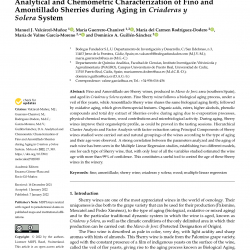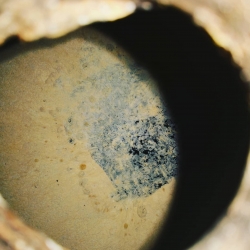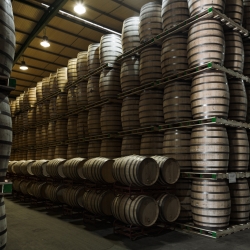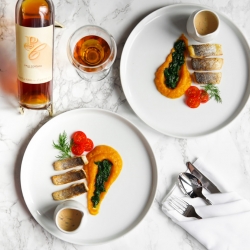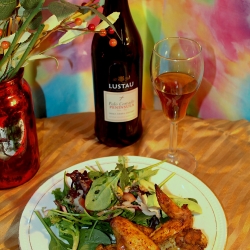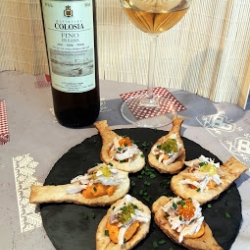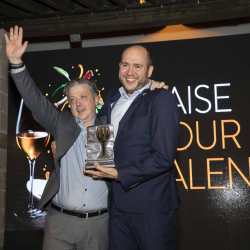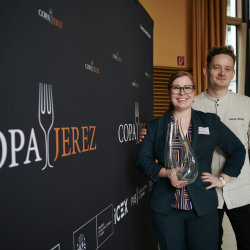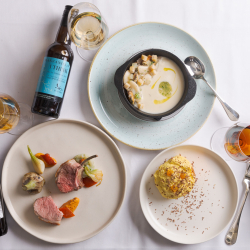Where would whisky be without sherry?
I reckon I was six or seven when I had my first sherry. Pretty young, even for a Glaswegian, but when you have an uncle in the drinks trade who imported sherry, perhaps it was par for the course. It was Tio Pepe, that much I remember.
While I can’t say I was hooked immediately, it does show how pervasive sherry was at that time. In those days, if people drank sherry they weren’t considered weird or attention grabbing. It was perfectly normal thing to take a glass before a meal.
As a result of this, I never thought of sherry as being unfashionable, or staid. If anything, as I began to work in the drinks trade: Oddbins, pubs, drinks titles, then freelance writer, so I became increasingly frustrated by people’s dismissive attitude to what is one of the world’s greatest drinks.
That is, of course, also a salutary lesson for any writer or blogger out there. No matter how strong your passion is, it’s extremely unlikely that you will manage to convince people to change their habits overnight. Not that this means you should stop trying, because eventually they will start to comprehend what you’ve been talking about. Hopefully.
I know this might seem like I’ve been trying to be a hipster from a young age, but I drank and wrote about sherry not because it made me look different. If anything, people laughed. I drank sherry because I loved it.
Perhaps it was a Scottish thing. After all, sherry had been drank in my home country since a ‘pype of seck’ was landed in Leith in 1548, something which shows not only the length of time which sherry has been enjoyed in Scotland, but that the Morningside accent dates from the 16th century. Even as I began to specialise in spirits writing, so sherry remained, even though once again I seemed to be backing the wrong horse. In those days, it was equally hard to try and persuade people to try Scotch, or rum, or gin.
I longed for the days of 19th century Glasgow clubs where, according to historian John Strang,“the liquor in common use was sherry, presented in mutchlin stoups [just under a pint]…The quantity allowed was... almost incredible.”
By then I’d begun to travel to Jerez, both for sherry and its whisky connections, because where would Scotch or Irish whisky be without the close alliance forged between distillers, blenders and sherry producers?
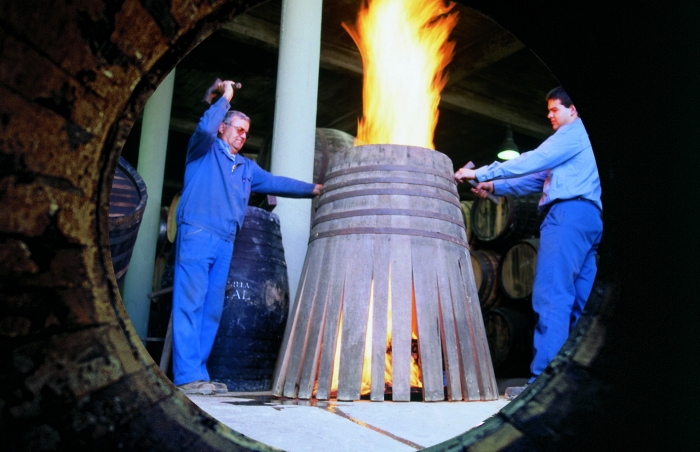
Sherry casks were used from the 19th century onwards, not because the casks happened to be lying there on the dockside, but because the early blenders quickly realised that the sherry and oak added weight, depth, and another layer of complexity to a maturing whisky. They realised what bartenders are now beginning to comprehend - that sherry has flavours which add resonance and complexity to a drink.
Sherry casks were one of the marks which helped define single pot still Irish whiskey. Writing in ‘Truths About Whisky’, the 1879 blast against grain whisky, Dublin’s main distillers wrote: “The only preparation to which genuine Whisky is subjected…is that it is generally suffered to mature in sherry casks...The fact that sherry casks are so used has become a piece of popular knowledge; and hence consumers expect Dublin Whiskey or as they now generally call it, Irish Whisky, to have some indication of a sherry flavour.”
This bridge between the two drinks, it struck me, was only possible because sherry is wine taken to its logical extreme. It occupies a world where oxidation is to be praised, where concentration was sought out,.
I remember visiting Miguel Valdespino and he, gentlemanly, like all of his generation, gently probing about how much I actually liked sherry. I must have passed his test as he then bought out a selection from his oldest soleras, sherries of such astounding concentration that I feel that I can taste them still.
But sherry is not just about these wines of contemplation. It balances these dark sacristies with wines which are as blazingly bright as the Andalucian sun, as dry as the albariza soil. In Jerez, you could sit in darkened tabancos sipping palo cortado, or descend on to the beach at Sanlucar and drink manzanilla by the pint and never fell over because it was so fresh, vibrant, and life-enhancing.
Sherry, I was slowly realising, was the complex essence of a place. Not just a reflection of terroir, but heritage, feeing and subtle touch; of the manner in which soleras linked generations in the same way as whisky distillers are today laying down spirit which they will never taste.
It amazed me that bartenders and chefs, the very people whose lives are ruled by a passion for flavour seemed to reject a wine which offered so many new possibilities. Things are, I’m glad to see, changing in restaurants. Maybe it was the el Bulli effect, maybe it was the fact that in Britain we stopped our slavish adherence to a French-dictated regime of what was right and appropriate.
In bars, things are also shifting in sherry’s direction, but there is still a huge job to be done. It still amazes me that bartenders have yet to fully grasp that there is nowhere else where they will get such an array of flavours, from minerality to concentrated raisin and all points in between; possessing such intensity and acidity, which allows them to balance, cut through, and enhance a spirit, acting as a flavour bridge between disparate elements.
Sherry can play in a world where interest in lower alcohol mixed drinks is growing; it offers freshness in summer drinks, adds depth to autumn and winter cups when you want to hunker down and sip on something with greater weight.
As Manuel Gonzalez Gordon wrote in 1972, “sherry is like good music: there will always be a public for it however strong may become the occasional fashion for more strident sounds.” It is time to hear that good music again. Pass me my mutchlin stoup!
Dave Broom will be hosting CLASS magazine's Sherry Academy Cocktail Workshop for 30 bar tenders in the UK on Tuesday 15 November, 2016. Tune in next month to read all about it.
The views and opinions expressed in this article are those of the authors and do not necessarily represent those of El Consejo Regulador.
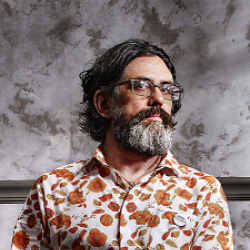

04 November 2016


